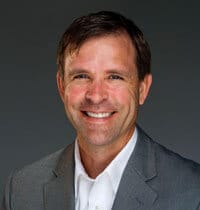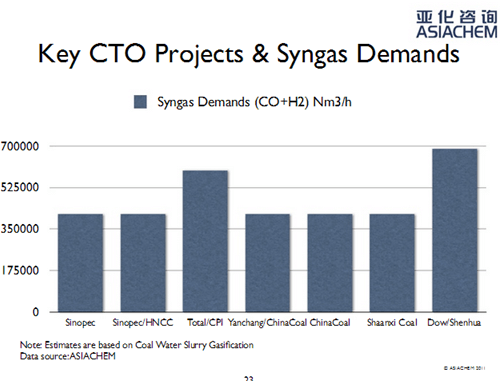The conversion of coal to cleaner burning forms of energy continues. Emerson’s Douglas Morris, a member of the alternative energy team, highlights China’s increased participation in coal gasification and coal-to-liquids projects in the U.S. and around the globe.
Recently, the large state owned entity Sinopec Group (also known as China Petrochemical Corporation) announced its participation in a couple of gasification projects slated for the United States. Summit Power, which has been working for years to secure funding for their Integrated Gasification Combined Cycle (ICGG) plant in Odessa, Texas, selected Sinopec Engineering Group (SEG) to act as the turnkey engineering arm for this facility.
I’ve written a couple of posts over the past year about the deep expertise being developed within China for coal gasification. Outside of Sasol in South Africa, China is the only other country focused on converting its coal assets into hydrocarbons and chemicals. As it’s developed this industry over the past decade, the country has developed a deep level of experience operating entrained flow gasifiers to produce methanol, olefins, and Substitute Natural Gas (SNG).
As part of this agreement, the Export-Import Bank of China will loan Summit the remaining portion of funds it needs to go forward with development. Another turnkey engineering agreement with SEG was reached for the DKRW coal-to-liquids plant slated for Medicine Bow, Wyoming. This plant, if constructed, will represent the first coal-to-gasoline plant in the United States. DKRW is still looking to secure financing, but has off take agreements for both the gasoline and CO2 the plant will produce. A point to add, however, is that neither of these projects is guaranteed to move ahead as some regulatory hurdles remain.
SEG’s involvement in these projects highlights several key trends. The first, which is already well documented, is the numerous investments made by state-owned companies in energy and mineral firms around the world. Another trend is that Chinese engineering, procurement, and construction contractors (EPCs) are more frequently venturing outside of the country and are engaged in international projects.
Although SEG is very skilled, the company does not have the global reputation of other large engineering firms, as they have not executed many projects outside of the China. This can create a barrier because, as many in the industry know, anything “new” adds some perceived risk to a large capital project. To overcome this, an interesting tack is being employed by the government, which is to arrange financial backing for the projects on which their companies will work. An implied guarantee if you will. Summit Power is a prime example and I suspect DKRW will also get some Chinese backing.
DKRW and Summit are just a start. Look for SEG and other Chinese EPCs to gain traction and become international players in the global EPC business.


